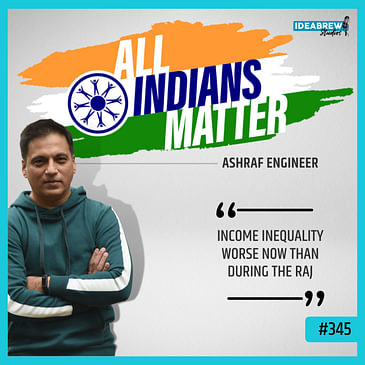The top 1% of Indians earns 22.6% of the national income and holds 40.1% of the wealth. This inequality is among the worst in the world, finds a recent study.
This ‘Billionaire Raj’ has been pronounced since Narendra Modi came to power, the report said, and is founded on “an authoritarian government with centralisation of decision-making power, coupled with a growing nexus between big business and government”. There is an urgent need to redistribute wealth through a reform of the tax code, a ‘super tax’ on the richest Indians and massive social investments.
Please listen to the latest episode of All Indians Matter.



